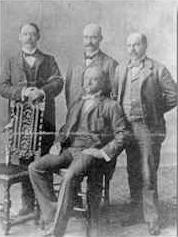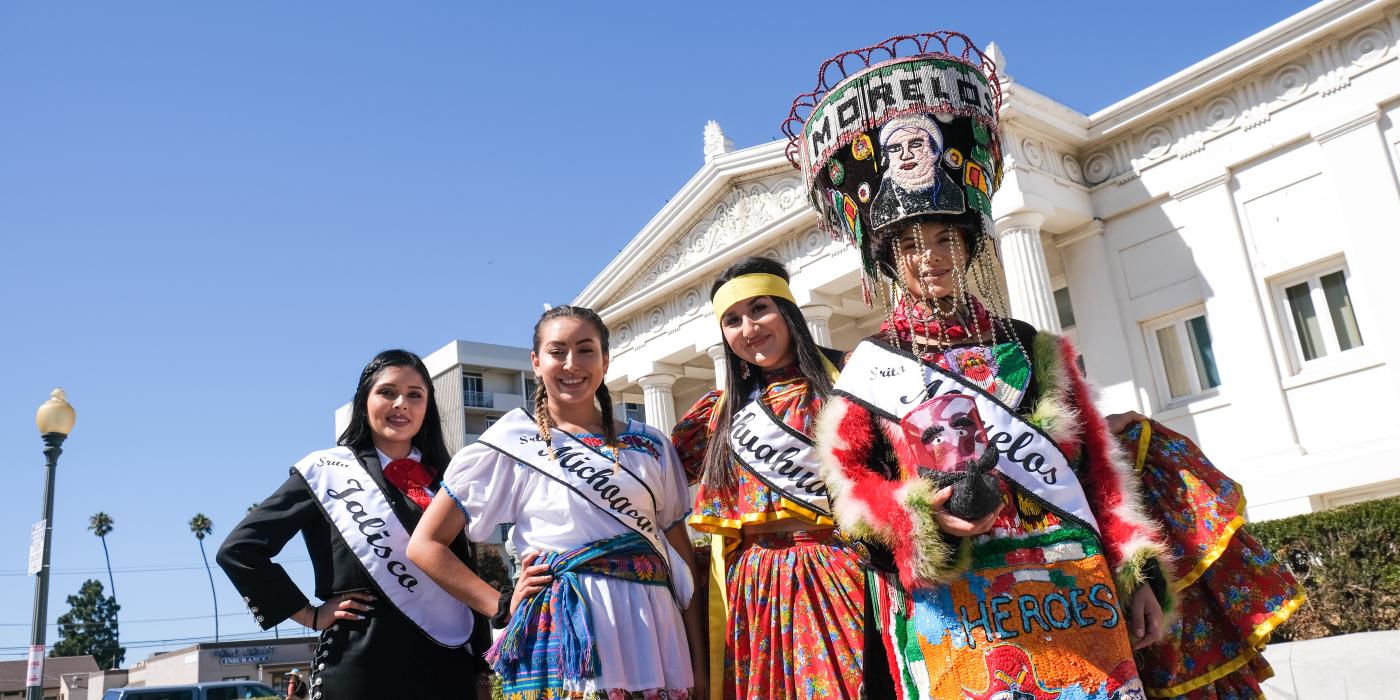Get the Visit Oxnard Visitor Guide!
Request your free copy of the 2024-2025 Visit Oxnard Visitor Guide today.
More InfoHistory of Oxnard, California
Few people know how the City of Oxnard got its name.
Oxnard’s founder, Henry T. Oxnard, intended to name the city after a Greek word for “sugar.” Finally, frustrated with trying to communicate his desires to the state bureaucrats, he gave up and named the city after his family.
Let’s take a brief look at the history of this bustling, beach town on California’s central coast.
Native Americans and Colonization in Oxnard
The earliest inhabitants of the Oxnard areas were the Chumash Indians, who lived in round, thatched houses and were known for their well constructed plank canoes and fine basket work.
After a number of Spanish explorations, Jose de Galvez, utilizing powers bestowed upon him by King Charles III, appointed Father Junipero Serra to head missions in Alta California. Mission San Buenaventura was the halfway point between the San Diego and Monterey missions and was established in 1782. Pueblo life and sprawling ranchos began to spring up around the site of the mission, and California families exerted their influence until the State of California was added to the Union in 1850. In the mid nineteenth century, immigrants began to pour in from the east coast and Europe.
Oxnard’s Agricultural Industry
The major industry, agriculture, produced great crops of barley and lima beans. Achille and Henry Levy opened an agricultural brokerage business in 1882, and finally a bank, which encouraged and assisted farmers. Then, in 1897, ranchers Albert Maulhardt and Johannes Borchard believed sugar beets would be a profitable crop for the area and invited Henry Oxnard to construct a local factory to process the harvests. Oxnard and his three brothers operated the American Beet Sugar factory in Chino, California, while Albert Maulhardt planted sugar beets for shipment to the plant.
The factory was so successful in its yield of processed sugar beets that the Southern Pacific Railroad constructed a spur right to the factory site so the processed beets could be shipped out. Encouraged by Maulhard’ts success and a pledge of 18,000 acres of sugar beets from local farmers, the Oxnard brothers built a factory in the heart of the rich fields of what was then, in 1898, Rancho Colonia.
A town quickly sprang up near the factory. Almost overnight businesses and residences appeared around the town square, called the “Plaza,” and schools and churches emerged almost as rapidly. The City of Oxnard was incorporated in 1903, taking its name from the Oxnard brothers who had founded the sugar beet factory.
MIGRANT WORKERS AND CITY DEVELOPMENT
The factory attracted many Chinese, Japanese, and Mexican workers to Oxnard and the sugar beet industry brought diversification to agriculture. Major crops then included beans, beets, and barley, and businesses in town consisted of general merchandise, restaurants, laundries, saloons, and banks. Oxnard built its first public library, a classically styled, Andrew Carnegie gift, on the north-west corner of the plaza in 1907. The building stands today as a county historical landmark and is the only remaining structure from the early days of the plaza.
Agriculture has remained the major industry, but Oxnard has witnessed a steady population increase beginning in the 1940s. The establishment of military bases at Port Hueneme and Point Mugu during World War II, and the rise of electronic, aerospace, and other manufacturing industries have contributed to the growth of the city and surrounding areas. Oxnard is now the largest city in Ventura County, but remains a rich agricultural region to this day.
OXNARD’S HOLLYWOOD BY THE SEA

About a century ago, Hollywood cinematographers and location scouts were attracted by the beauty of Oxnard’s beaches. In fact, it was in 1921 that Paramount Studios found Oxnard’s sprawling coastline to be the perfect stand-in for the Egyptian desert. One of the most notable motion pictures of its time, Rudolph Valentino’s The Sheik, was filmed here. Other Hollywood studios and stars were soon to follow. Clark Gable bought a home in Oxnard. Charlie Chaplin headed to Oxnard when he needed a respite from his busy schedule. Most notably, John Wayne made fishing his sport while vacationing in Oxnard.
For more information on Oxnard history, we invite you visit the Oxnard Public Library in downtown Oxnard and the Museum of Ventura County.
